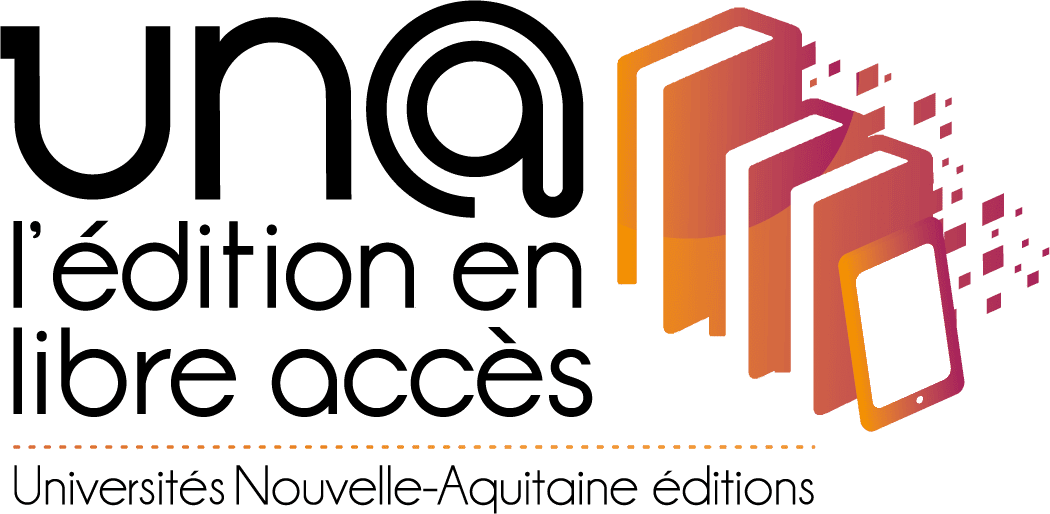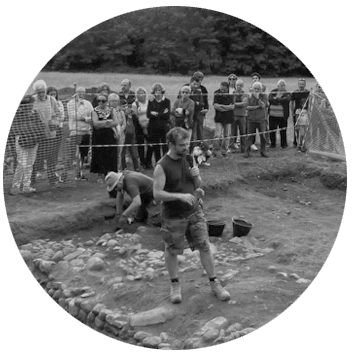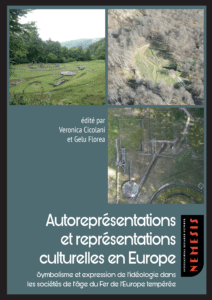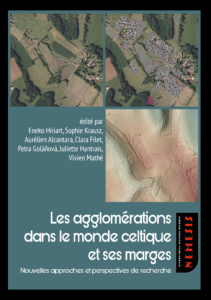UN@ est une plateforme d'édition de livres numériques pour les presses universitaires de Nouvelle-Aquitaine
Auteur : Lorenzo Zamboni
Lorenzo Zamboni is associate Professor at the University of Milan, where he teach Classical Archaeology, Comparative Urbanism, and the Archaeology of Cisalpine Gaul.
He studied at the universities of Milan and Pavia, defending a PhD thesis on the trading hub of Spina. He worked as postdoctoral fellow at the universities of Milano-Bicocca and Pavia, teaching Archaeological Methods and Theory.
He has been visting scholar at Aarhus, Prague, and Edinburgh, with shorter periods in Kiel and Copenhagen.
His areas of interest are Iron Age and Roman societies in Northern Italy and Central Europe, addressing early urbanism, rurality and subalternity, material culture and trade, funerary archaeology, and history of archaeology.
References
- https://doi.org/10.1007/s10814-020-09151-z
- https://una-editions.fr/autorepresentations-et-representations-culturelles-en-europe/
- https://studiahercynia.ff.cuni.cz/en/magazin/2024-1/
- https://www.sidestone.com/books/crossing-the-alps
- https://libri.unimi.it/index.php/cisalpinestudies/catalog/book/140
- https://www.fastionline.org/docs/FOLDER-it-2023-566.pdf
Keywords
Iron Age; Northern Italy; Urbanisation; Economy; Society; Inequality
This publication is the result of a workshop held in Alicante in November 2023, dedicated to the study of belt elements made of non-perishable materials attested during the first millennium BC, from Iberia to northern Italy, via southern France.
par Lorenzo Zamboni
Diffuse narratives in non-anglophone archaeology are largely based on implicit assumptions of text-driven ethnocentricity, diffusionist, culture-historical, socio-evolutionary and colonialist models, coupled with a general lack of involvement in theoretical debate
Au cours de l’automne 2021, des prospections géophysiques ont pu être organisées par le CNRS, avec la collaboration de la Surintendance et la participation de l’Université de Milan, en Italie du Nord ciblant un site archéologique majeur pour l’étude des agglomérations préromaines : l’habitat à vocation artisanale de Villa del Foro.





